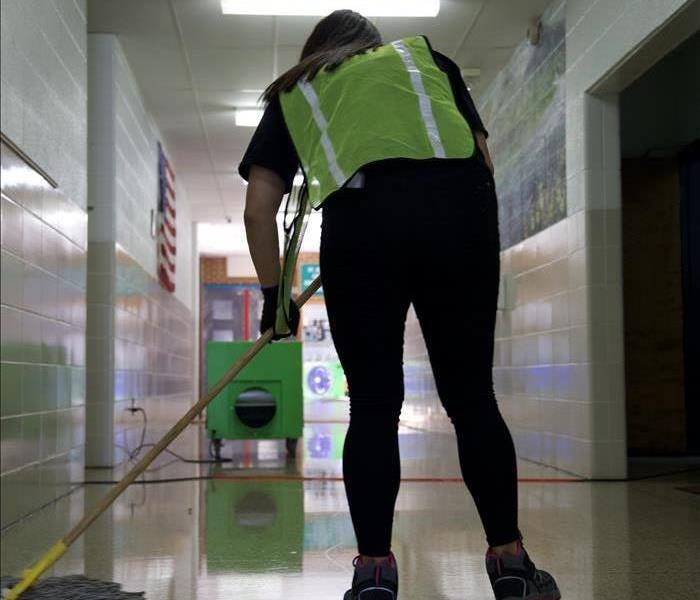Standing Water in Homes: Unseen Dangers and Personal Risks
10/9/2024 (Permalink)
Standing water in St. Louis homes can be more than just a nuisance—it poses serious risks to both the structural integrity of a property and the safety of its inhabitants. Often caused by leaks, flooding, or malfunctioning appliances, standing water can quickly become a breeding ground for damage. This blog explores the dangers associated with standing water and the importance of addressing it promptly.
Structural Damage and Long-term Consequences
One of the most significant risks of standing water in a home is structural damage. Water can seep into the foundation, walls, and floors, weakening them over time. This can lead to warping, swelling, and deterioration of building materials. According to the Environmental Protection Agency (EPA), prolonged exposure to standing water can cause wood rot, corrosion of metal components, and deterioration of concrete structures. The longer water remains stagnant, the more extensive the damage becomes, potentially leading to costly repairs and even compromising the safety of the building.
Electrical Hazards: A Silent Threat
Standing water can also create dangerous electrical hazards. Water and electricity are a lethal combination; any contact between the two can result in electrical shorts, circuit damage, or even fire hazards. It’s crucial to remember that even small amounts of water can cause significant issues if they reach electrical wiring, outlets, or appliances. Homeowners should always exercise caution and avoid contact with standing water near electrical sources until a professional can assess the situation.
Mold Growth: A Costly Consequence
While not directly related to health, mold growth is another consequence of standing water that can lead to severe property damage. Mold can proliferate in moist environments, affecting walls, ceilings, and personal belongings. According to a study by the Institute of Inspection, Cleaning and Restoration Certification (IICRC), mold can begin to grow within 24-48 hours of water exposure. The presence of mold can devalue a property, lead to expensive remediation processes, and cause irreparable damage to belongings.
Preventative Measures and Professional Solutions
To prevent the risks associated with standing water, homeowners should regularly inspect their homes for potential water sources, maintain proper drainage, and fix leaks promptly. In cases where standing water is detected, it’s essential to contact a professional water damage restoration service like SERVPRO®. Their team of experts can efficiently remove standing water, dry the affected areas, and restore the property to prevent further damage.
Conclusion: Act Quickly to Mitigate Risks
Standing water in homes is a serious issue that can lead to significant structural damage and costly repairs. By understanding the dangers and taking swift action, homeowners can protect their properties and ensure a safe living environment. If you encounter standing water in your home, don’t hesitate to reach out to SERVPRO for professional assistance.



 24/7 Emergency Service
24/7 Emergency Service
